Time is a luxury in this world where unceasing demands and distractions consume it. The ultimate answer to seeking peace in the midst of all this chaos is through yoga sequences that guide one into a search for finding physical and mental wellness. “Every sequence has been honed to bring balance to your body and mind to build strength, flexibility, and inner peace,” she adds.
Whether you’re looking to explore yoga basics or are an experienced yogi looking to deepen your practice, we have a diverse range of sequences to cater to all levels and preferences. Join us as we delve into the transformational benefits of yoga and discover the ways in which these sequences can improve overall health and enhance daily life.
Yoga Sequences: A Comprehensive Guide to Deepening Your Practice

Yoga is a science which originated in India. What it means is, in fact, that yoga is that science which is hailing from India. It has been widely known around the world for its integrated approach toward well-being and ways of exercising the body in postures in yoga. There lies at the core essential yoga sequencing along with yoking breath control (pranayama) and meditation, amounting to carefully structured series of poses, which make up a framework that brings about certain physical, mental or emotional goals. This book is a holistic discussion on the concept of yoga sequences, their advantages, types, and even how to create your very own. Visit here !
Understanding Yoga Sequences
What Are Yoga Sequences?
A yoga sequence is a purposeful arrangement of yoga poses designed to lead towards a specific outcome or focus. It might be short or otherwise complex, but a proper sequence can be targeted to suit the needs of a client, class, or even oneself. You want relaxation, strength, flexibility, or balance-you can get any of that by doing a yoga sequence.
Why Sequencing Matters
Successful sequencing is a very important factor in the practice of yoga for a number of reasons:
Safety: A well-planned sequence prevents injuries since the body is gradually prepared for more stressing positions.
Flow: Good sequencing creates smooth sequences of poses so that practitioners smoothly move from one asana to another; hence, making an overall experience better.
Focus: Sequences could help practitioners focus on specific areas of the body or aspects of practice, such as balance, strength, or relaxation.
Flexibility: Yoga sequences can be modified to fit everyone, from beginners to experienced practitioners.
Benefits of Yoga Sequences
Practicing yoga sequences have several benefits.
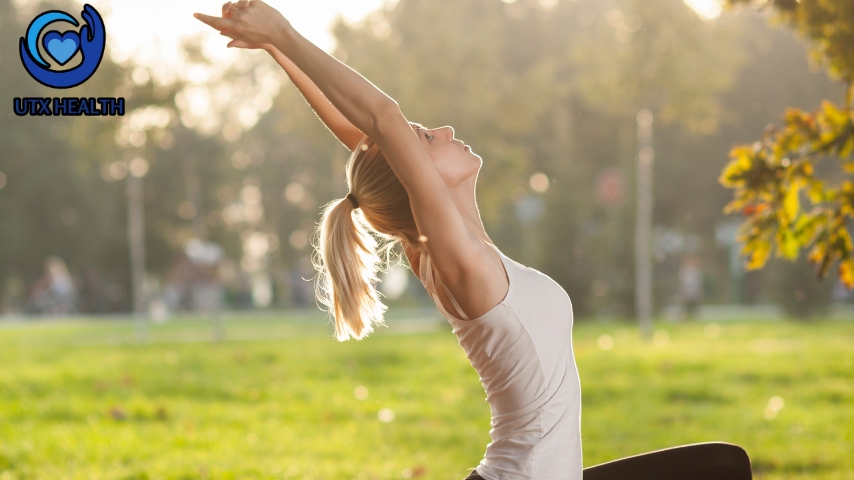
Physical Benefits
Flexibility: Certain sequences help achieve various flexibility levels, particularly in parts such as the hips, spine, and shoulders.
Strength: Most of the yoga sequences just so happen to focus on building up the strength of many muscles in one’s body, which ultimately gives the human body much strength and stability.
Sequences which comprise of balance holds can enhance coordination and stability, decrease falls and possibly prevent falling or injuries.
Alignment: The practice of particular sequences strengthens posture muscles and can, therefore, make the spine vertical and eliminate pain.
Psychological Impact
Stress Relief: Yoga sequences that involve some mindfulness and breathing techniques might help people overcome stress.
Improved Concentration and Focus: Practicing through a body sequence can help a participant focus their mind and feel clear.
Emotional Benefits
Improved mood, emotional resilience, tools for dealing with anxiety/depression
Spiritual Benefits
Mind-Body Connection: Yoga sequences teach students how to connect with their bodies and increase appreciation for the sensations and emotions in their bodies.
Meditative State: Most sequences incorporate breathwork and meditation, which allows individuals to attain a meditative state and find themselves in a state of serenity.
Self-Discovery: The transitions from one sequence to another allow the practitioner to know their limits, what they love, and what change has been affected as a result, thus increasing the level of self-awareness.
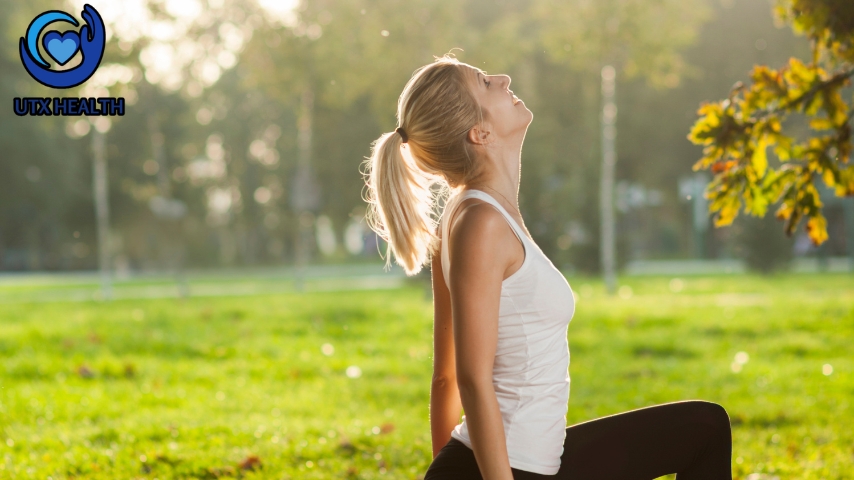
Types of Yoga Sequences
Yoga sequences come in different types from one sequence to another. Based on the focus, style, or intention, here are some common types of yoga sequences:
- Warm-Up Sequences
They are meant to activate the body for more intense practice sessions. Generally, they involve very cautious movement and stretches that enhance flow into the muscles and the joints, thus helping keep one loose and safe from injuries.
Example Warm-Up Sequence: Cat-Cow Pose (Marjaryasana-Bitilasana): Begin on hands and knees. Inhale forward with a curve in the back (cow pose), and exhale backward with the back curved (cat pose). Repeat several times to warm the spine.
Downward Facing Dog (Adho Mukha Svanasana): Flow into Downward Facing Dog to stretch the hamstrings, calves, and shoulders.
Lunge Variations: Move into lunges to open the hips and warm up the legs.
- Flow Sequences
Flow sequences emphasize continuous movement between asanas, making for a dynamic and energetic practice. They are used to develop links between breath and movement by often including sun salutations in a flow sequence.
Example Flow Sequence:
A series of postures, starting from Mountain Pose and moving forward, like in Forward Fold, Plank, or Upward Facing Dog, flowing gently from one posture to the next.
Warrior I, II, and III will be added to strengthen and balance, carried between these postures with the breath.
Strength Building Sequences
Strength-building sequences focus on the postures that challenge the muscles and build strength in general. Sequences usually contain body-weight movements and can be varied according to a wide range of varying strength levels.
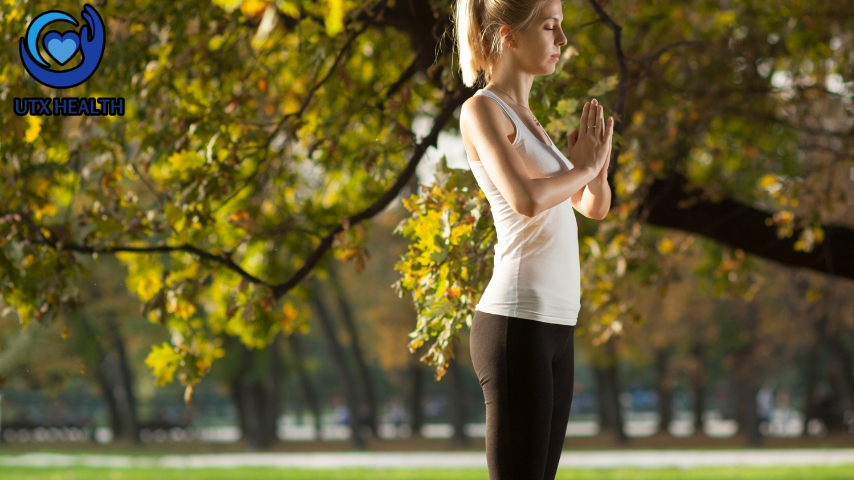
Strength-Building Example Sequence
Phalakasana: Get into plank position; the planks will engage your core and upper body.
Chandra Dandasana: Lower into Chandra Dandasana starting from the plank for upper body strengthening.
Utkatasana: Squat into Utkatasana chair to build leg strength.
- Flexibility Sequences
Flexibility sequences aim to release contracting muscle fibres, thereby promoting increased range of motion. They often include a mix of standing and seated stretches. Visit here!
Sample Flexibility Sequence:
Sitting Forward Bend (Paschimottanasana): Stretch the hamstrings and back of the torso.
Butterfly Pose (Baddha Konasana): Open your hips with this seated pose.
Pigeon Pose (Eka Pada Rajakapotasana): In deep stretch target the hips.
- Restorative Sequences
Restorative sequences are very relaxed and calming. They use mild poses and props to support relaxation. These sequences help the body recover and rejuvenate.
Sample Restorative Sequence:
Balasana (Child’s Pose): Begin with Child’s Pose for relaxation.
Supta Baddha Konasana (Reclined Bound Angle Pose): Use props to support the body in a restorative position.
Viparita Karani (Legs Up the Wall): Elevate the legs to promote circulation and relaxation.
- Meditation Sequences
These meditation sequences will be based on calming the mind and developing mindfulness. Try to use some of the breathwork, seated poses, and meditation in these sequences.
Example Meditation Sequence:
Seated Meditation (Sukhasana): Sit comfortably and then take a moment to become mindful of the breath.
Pranayama Techniques: Add breathing exercises that focus on control, such as Nadi Shodhana or alternate nostril breathing.
Mindfulness Practice: End with a guided meditation or mindfulness exercise.
How to Create Your Own Yoga Sequences
Creating your own yoga sequences provides the flexibility to tailor practice to your own specific requirements and interests. The following are some basic steps to help you design good sequences: - Set an Intention
Identify what you want to work with this sequence. Do you want to work in building strength, flexibility, or relaxation? Your intention will give your choice of postures and flow. - Choose Your Poses
Select postures that serve your intention. Attempt to weave in standing, sitting, balancing postures and stretches for all areas of the body. - Form the Flow
Decide which postures come first, second, third, etc. You can have gentle warm-up poses, then to tougher poses, and finish with some restorative stretches. Always ensure transitions from one posture to the other are fluid and make sense. - Add Breath
Integrate breath and movement by correlating your inhales and exhales with selected poses. So, inhale to reach up to the ceiling and exhale to fold forward. - Timing
Decide how long you are holding each pose for and how long the entire practice will last. Depending on your intentions or where you’re located, a practice can range from 30 minutes to 90 minutes. - Listen to Your Body
As you practice your sequence, listen to your body. Be willing to modify a pose or the flow of a sequence based on comfort and energy level.
Tips on Practicing Yoga Sequences
To enjoy your yoga sequences, remember the following tips:
- Use Props
For instance, blocks, straps, and bolsters can be the props that can assist you in mastering your practice and support you in your poses.
Do not forget to utilize props because it will give you the opportunity to acquire a good alignment and feel perfectly comfortable in poses . - Be Mindful
Be mindful with your practice: feel everything with every breath and sensation in the body. Mindfulness increases the benefits of yoga and makes you closer to your work. - Consistency
The key to benefiting from yoga lies in regular practice. Aim to practice your sequences regularly, perhaps even for a short period each day. - Explore Various Styles
Practice different types of yoga and sequences of moves to find that which works best for you. Changing approaches can deepen your practice and keep it fresh. - Be Patient and Compassionate
Yoga is a journey, and it’s important to approach your practice with patience and self-compassion. Progress may take time, and it’s okay to have off days.
Conclusion
Yoga sequences are the body of the practice, and it is from these that one can derive a good number of benefits towards body, mind, and spirit. Should you want to relax, gain strength, or improve flexibility, there is always a sequence to suit your need. The knowledge of various types of sequences, their benefits, and how to create a sequence in itself enriches your yoga practice and makes it conducive to your enhanced overall well-being.
Embracing the yoga journey: in every sequence, each movement and breathing walk you towards knowing the strength in its individual bit-peace. It’s not about achieving this certain pose to be beautiful; the journey is that of self-discovery and growth, which unfolds with each practice.”.

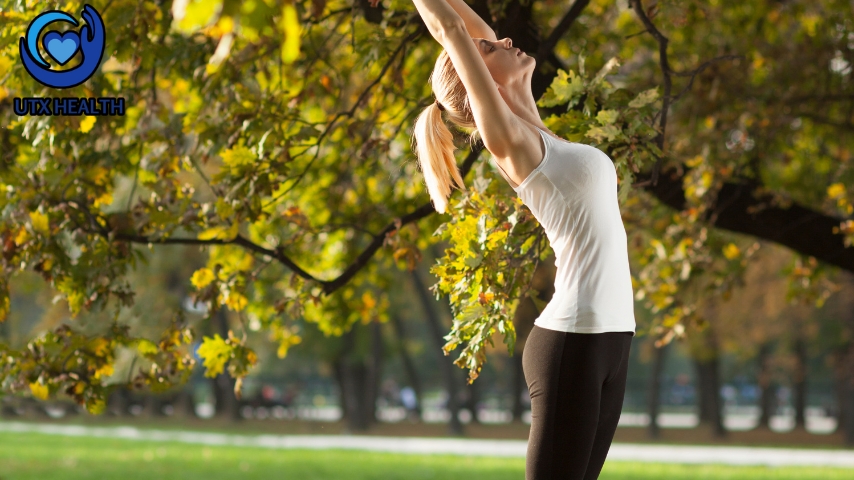
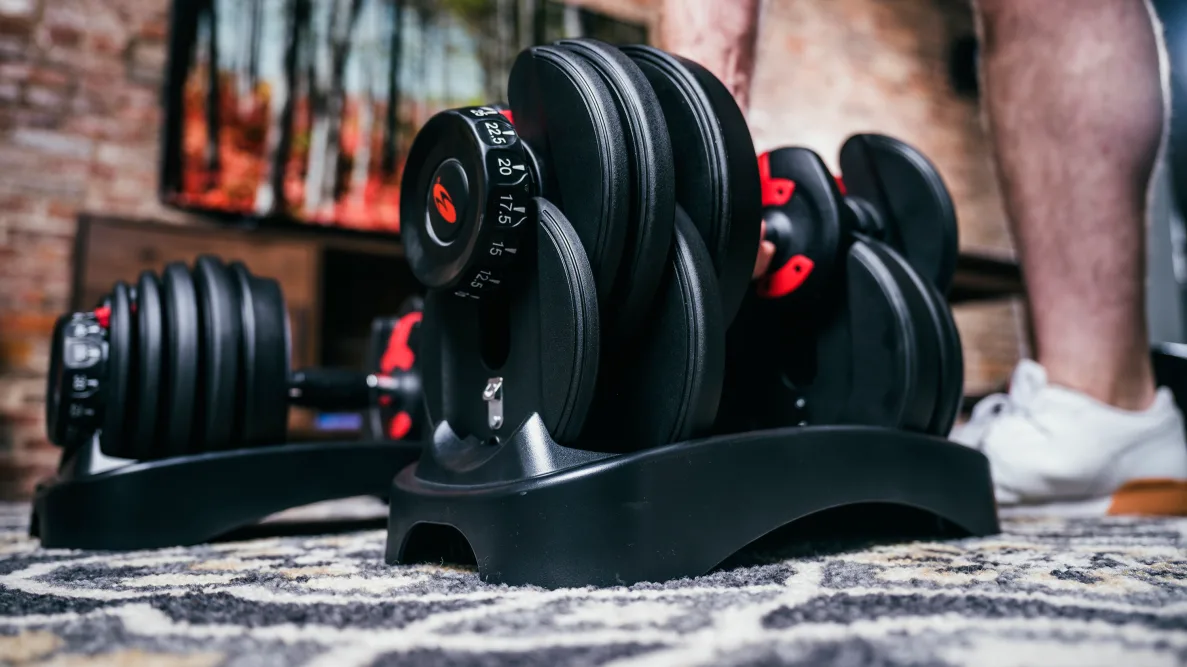
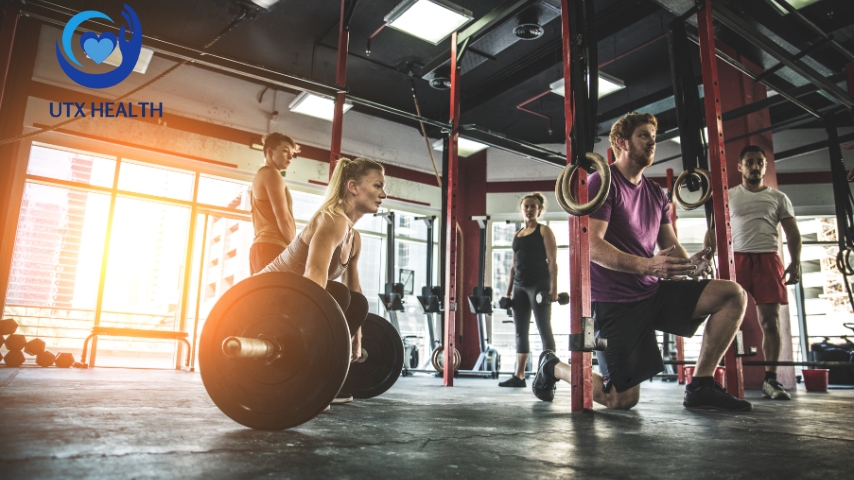
Pingback: Premier Health and Fitness Tallahassee Florida: Your Ultimat